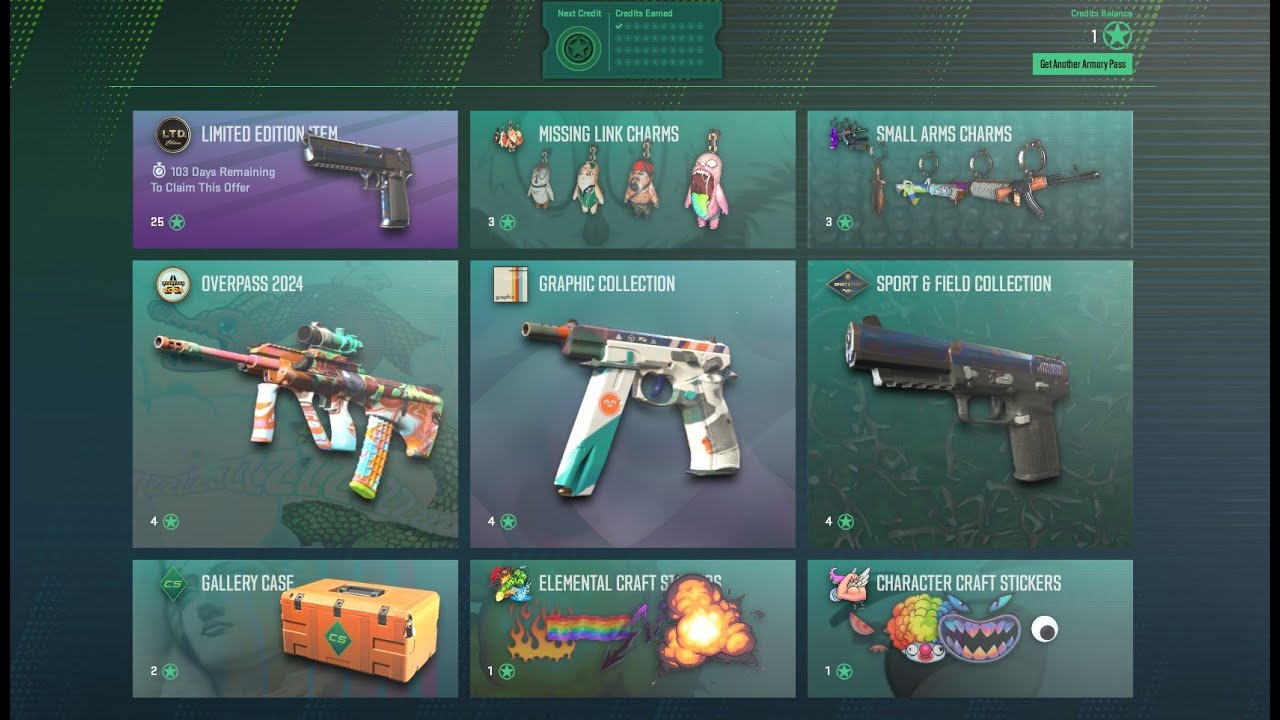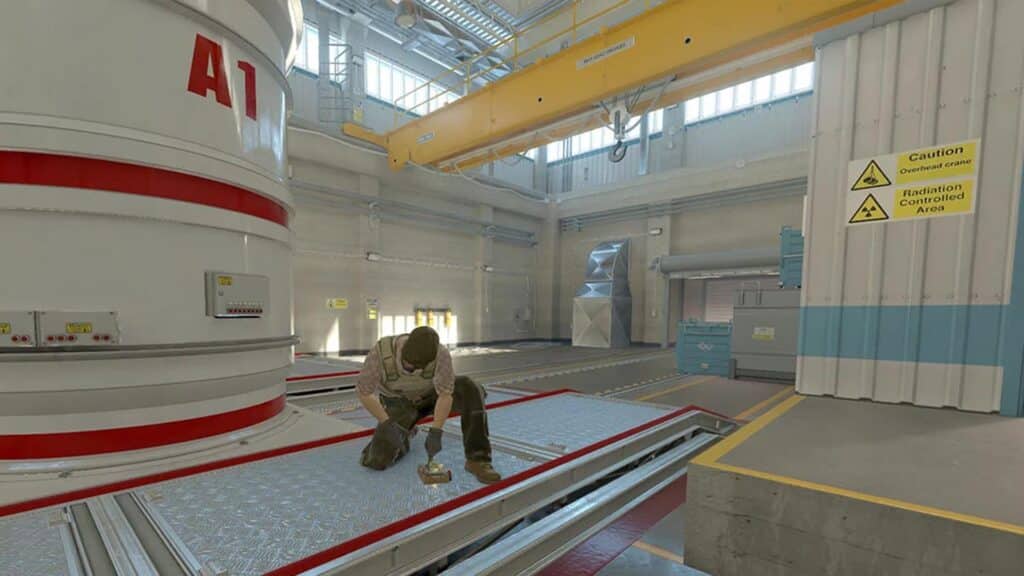

In the ever-evolving world of competitive Counter-Strike, Valve`s development team has a knack for keeping players on their toes. The latest pre-release update for Counter-Strike 2 is no exception, dropping a bombshell—or rather, a defusal kit—of changes that promise to ripple through the game`s tactical landscape. While engine tweaks and UI improvements are part of the package, the spotlight undeniably falls on a significant overhaul to the fundamental defusal mechanics, stirring debate and anticipation within the global esports community.
Unpacking the Defuse Dilemma
The core of this update, currently available in the CS2 beta depot (version 1.41.3-rc1), zeroes in on how Counter-Terrorists interact with the planted bomb. For generations of Counter-Strike players, the act of defusing has been a delicate dance of timing, positioning, and psychological warfare. Valve`s new adjustments aim to inject a fresh layer of complexity, or perhaps, a touch of frustration, into this critical endgame scenario.
Here’s what the tactical blueprints now reveal:
- No Scoping While Defusing: Gone are the days of the audacious AWP`er attempting to defuse the bomb while simultaneously holding a tight angle with their scope. The weapon viewmodel will now conspicuously lower itself during a defuse, effectively preventing players from scoping in. This seemingly minor change forces a more committed approach to the defuse, making the player undeniably vulnerable.
- The 150ms Firing Delay: This is arguably the most impactful, and certainly the most debated, modification. After a player stops defusing, there will now be a 150-millisecond delay before they can fire their weapon. In a game where milliseconds often dictate victory or defeat, this brief pause is nothing short of an eternity.
For context, a human reaction time is typically around 200-250ms. Adding a 150ms delay means that the lightning-fast reflexes players have honed over years will now be met with an artificial, mandatory pause. A player`s split-second decision-making just got an unwelcome companion.
Beyond the Bomb: Engine and Interface Refresh
While defusal mechanics dominate the headlines, the update also brings other technical enhancements that are crucial for the game`s long-term health. Valve has upgraded CS2`s engine code to the latest iteration of Source 2. This foundational change is coupled with improved core utilization of various effect processing, specifically aimed at reducing CPU usage when a player is firing a weapon. In simpler terms, your game *should* run a little smoother during intense firefights, which is always a welcome development, even if less glamorous than altering core gameplay.
Additionally, the user interface has received some refinements. Details are sparse, but UI improvements generally aim for better clarity, accessibility, and overall user experience—a continuous process for any modern title.
The Esports Equation: How Will Pros Adapt?
The immediate and most significant impact of these defusal changes will be felt in competitive play, especially within high-stakes esports tournaments. Consider the classic “fake defuse”—a tactical maneuver where a CT taps the bomb briefly to bait out hidden Ts, then immediately peeks and shoots. This high-risk, high-reward play is a staple of clutch scenarios. With the new 150ms firing delay, the viability of such fakes is severely diminished. Defenders will no longer be able to instantly transition from a fake tap to firing, giving lurking attackers a crucial window of opportunity.
“No AWP scope and firing delay after letting go of defuse is just lowering the skill ceiling, though. Please reconsider.” — A sentiment echoing from the community.
This community sentiment highlights the core concern: are these changes simplifying the game in a way that reduces the depth of skill expression? Many argue that the ability to instantly respond after a fake defuse was a hallmark of high-level play, demanding precise timing and nerve. Removing this element could flatten the tactical options available to players under pressure.
Valve`s Vision: What`s the End Goal?
While Valve rarely offers lengthy explanations for their design decisions, one can speculate about the underlying philosophy. The no-scope rule during defuse might be aimed at making the defuser more vulnerable, promoting coordinated team play to cover the defusing player rather than allowing for individual heroics with a powerful scoped weapon. The firing delay, on the other hand, could be an attempt to rebalance the risk-reward of a defuse, making the act itself a more committed and less ambiguous action. It shifts power slightly towards the attacking side in post-plant scenarios, forcing CTs to be even more decisive and perhaps less reliant on trickery.
However, the question remains whether these changes achieve a better balance or merely introduce artificial constraints that detract from the natural flow and organic skill expression that Counter-Strike is celebrated for.
The Road Ahead: Beta and Beyond
It`s crucial to remember that this is a pre-release update, a beta build. Valve has a history of listening to community feedback and iterating on their designs before a public release. The current wave of criticism, particularly concerning the defuse delay, will undoubtedly be under review. Whether these mechanics will make it into the final public build as-is, or undergo further modifications, remains to be seen.
For now, players in the beta are grappling with a potentially game-altering shift. The competitive landscape of CS2 is continuously being shaped, and these latest defusal adjustments serve as a stark reminder that even the most fundamental mechanics are not immune to Valve`s evolutionary brush strokes. Players and pros alike will need to adapt, or perhaps, voice their concerns loudly enough to see a reconsideration. The bomb may be ticking, but so is the clock on Valve`s decision-making.









